
Some of the most breathtaking and challenging hikes in the U.S. require more than just physical stamina – they also demand permits for access. Gaining access to these trails can be tricky, as limited permits and unpredictable conditions can make planning a hike a logistical challenge. If you’re up for the challenge and want to explore some of the most exclusive and awe-inspiring hiking destinations in the U.S., this list is for you. Here are 15 hikes you’ll need a permit and a bit of luck to complete.
Yosemite National Park, California
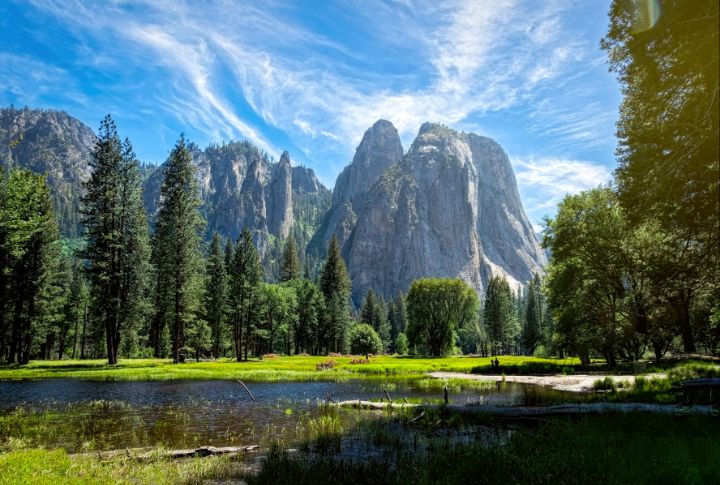
Hiking in Yosemite National Park requires permits for trails like Half Dome or overnight climbing. The cables section of Half Dome needs a specific permit, which is in place to manage many hikers and ensure safety. Permits are issued when you register, and they can cost between $20 and $80 and will depend on the hike you’re doing.
Mount Whitney, California
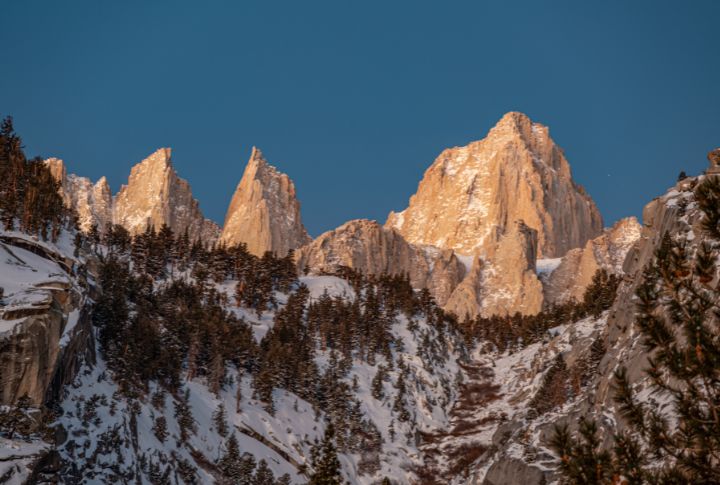
As the tallest mountain in the United States, Mount Whitney attracts many hikers. To manage the crowds and preserve the environment, permits are required year-round. The most popular route is the Whitney Trail, with permits distributed through a lottery system during the peak season. You get day permits as well as night permits to hike the mountain.
The Wave, Arizona
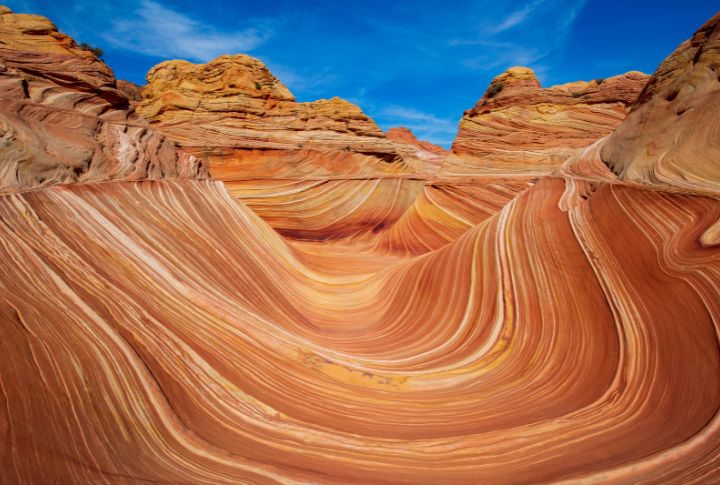
The Wave, located in the Coyote Buttes North area of Arizona, is famous for its stunning rock formations. Due to its fragile environment and high demand, permits are required and extremely limited. Only 64 people are allowed to hike on the day, and an application can cost $9.
Enchantments, Washington
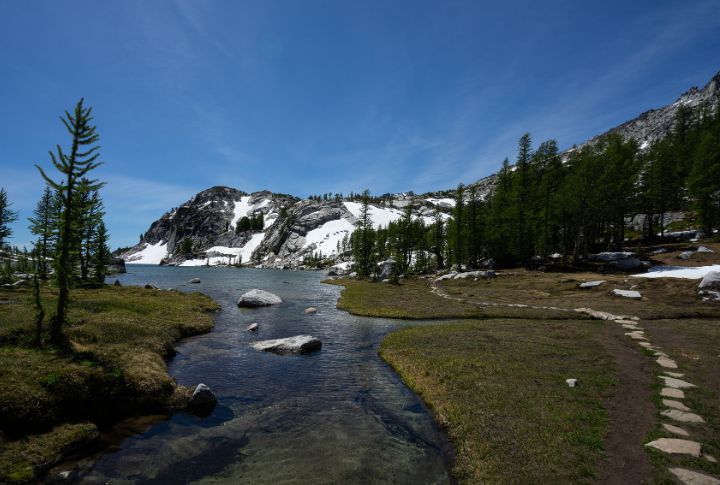
The Enchantments in Washington State offer a breathtaking alpine experience with crystal-clear lakes and rugged terrain. Permits are necessary for overnight stays in this pristine wilderness to control the impact on the ecosystem. These permits are given via a lottery system due to high demand.
Havasu Falls, Arizona
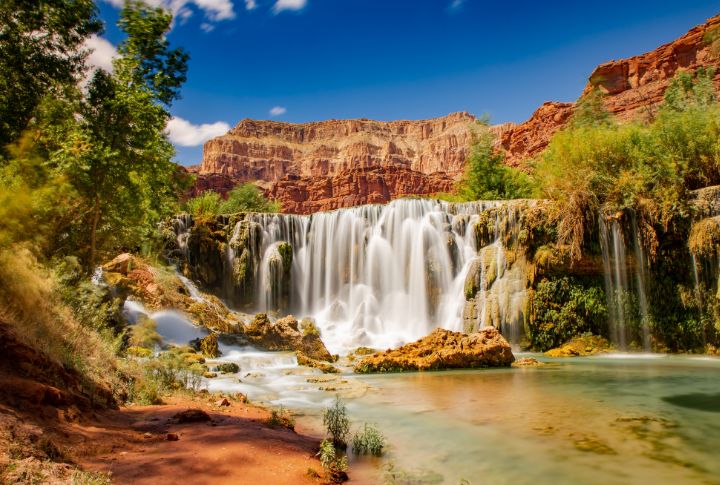
Located within the Havasupai Indian Reservation, Havasu Falls requires access permits because you must stay in the canyon overnight before hiking. The vibrant turquoise waterfalls are a major draw, and permits help to regulate the number of visitors to protect the natural environment and the local community. Permits are often booked months in advance.
John Muir Trail, California
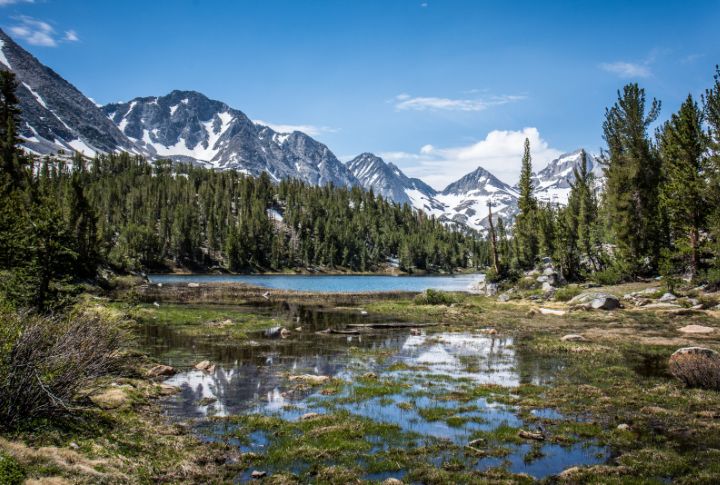
Stretching over 210 miles, the John Muir Trail in California requires permits for those wishing to hike the entire length. The trail passes through some of the most scenic parts of the Sierra Nevada, including Yosemite, Kings Canyon, and Sequoia National Parks. Permits are needed to prevent overcrowding on the hiking trails.
Zion National Park, Utah
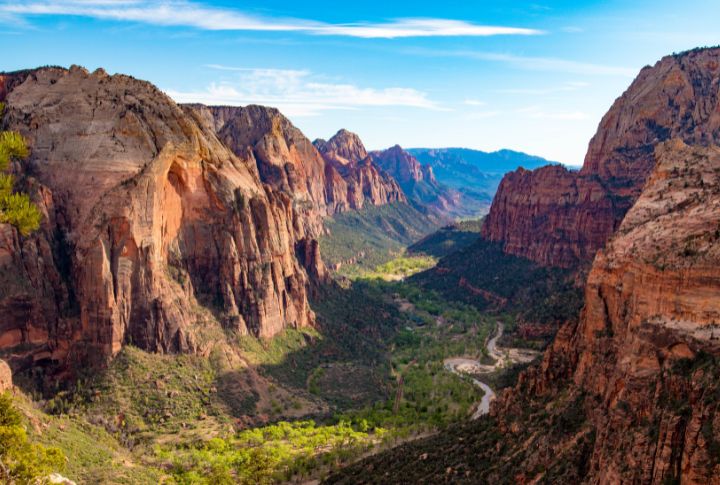
Zion National Park’s famous Subway hike necessitates a permit because of its technical nature and fragile environment. The bottom-up and top-down routes require permits issued via a lottery system. This helps to minimize the impact on the slot canyon. There is a $6 application fee that’s non-refundable and a $3 fee per person attending.
Grand Canyon National Park, Arizona
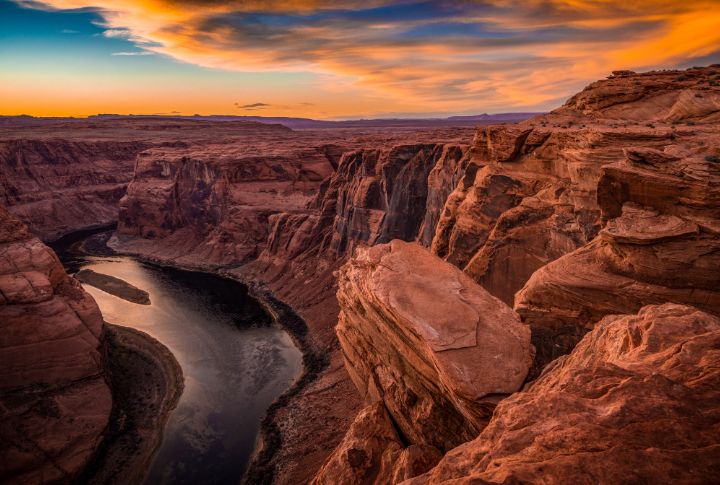
Hiking below the rim in Grand Canyon National Park, particularly for overnight trips such as the popular Rim-to-Rim hike, requires a backcountry permit. These permits help manage the number of hikers and preserve the canyon’s unique landscape and ecosystems. You can get your permit from the Backcountry Information Center at Grand Canyon National Park.
Glacier National Park, Montana
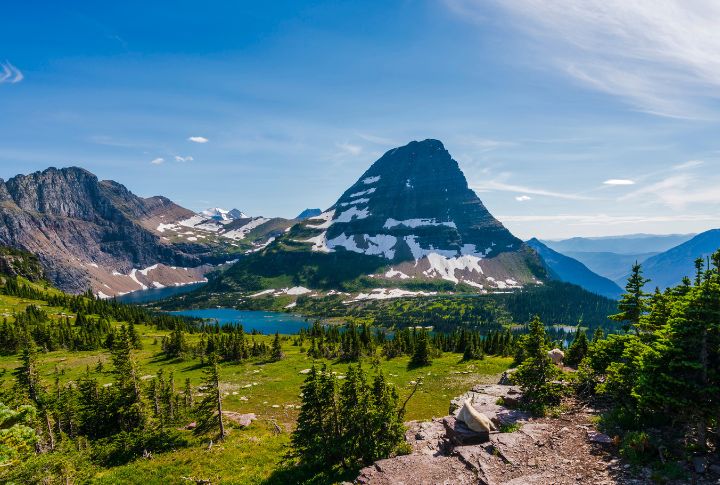
Permits are required for overnight backpacking in Glacier National Park’s backcountry. The park’s pristine wilderness and diverse wildlife make it a popular destination. Permits help to control the number of visitors, ensuring minimal human impact and a more solitary wilderness experience.
Denali National Park, Alaska
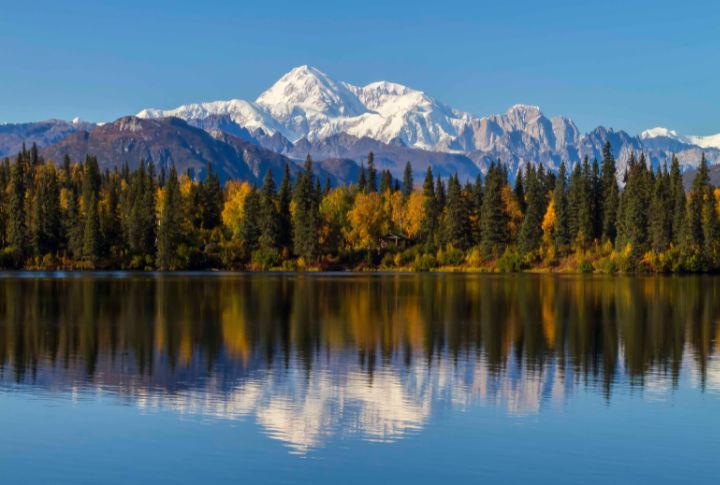
Climbing Denali, North America’s highest peak, requires a permit. Due to the extreme conditions and the need for careful environmental stewardship, the National Park Service issues a limited number of permits each year. The document ensures climbers have a safe and minimally impacted experience.
Mount Rainier National Park, Washington
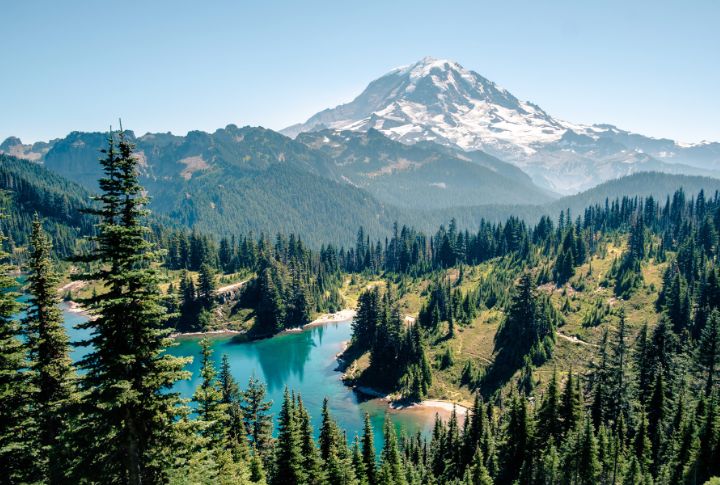
For those attempting to summit Mount Rainier, permits are required. A valid permit is needed for the mountain’s challenging conditions and environmental preservation. Additionally, permits help regulate the number of climbers and ensure that those on the mountain are prepared for the rigorous ascent. You can complete an application form on Mount Rainier’s website to get your permit.
Rocky Mountain National Park, Colorado
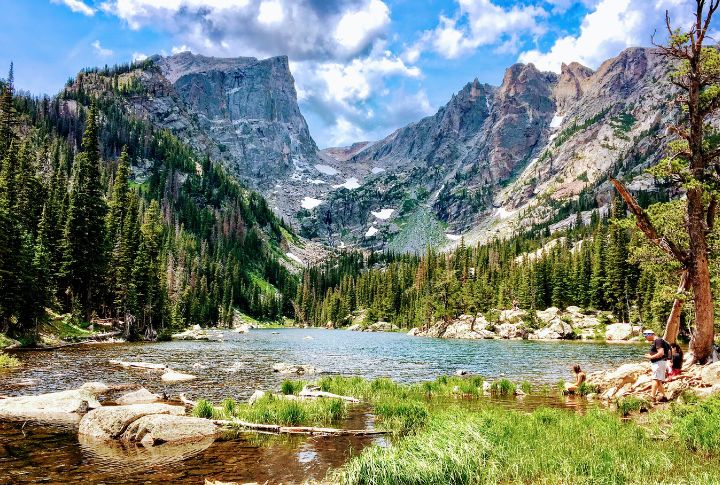
In Rocky Mountain National Park, permits are needed for backcountry camping. The park’s high-altitude terrain and delicate ecosystems require careful management to maintain their pristine condition. Permits help distribute visitors across the park and reduce the impact on any area. You can get annual passes that cost $70 or a one-day pass for $30.
Boundary Waters Canoe Area Wilderness, Minnesota
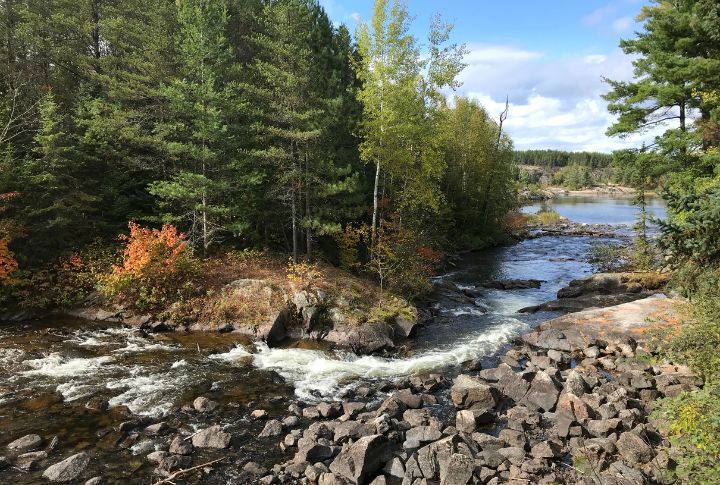
Although primarily known for canoeing, the Boundary Waters Canoe Area Wilderness also offers extensive hiking opportunities. Permits are required for all overnight stays to preserve the wilderness character of the area. This system helps to manage visitor impact and maintain the area’s natural beauty.
Sequoia and Kings Canyon National Parks, California

Backpacking in the national park requires a wilderness permit. The parks’ giant sequoias and rugged mountains attract many hikers, and permits are used to manage the number of visitors. It also ensures the preservation of the landscapes and a high-quality wilderness experience.
Olympic National Park, Washington
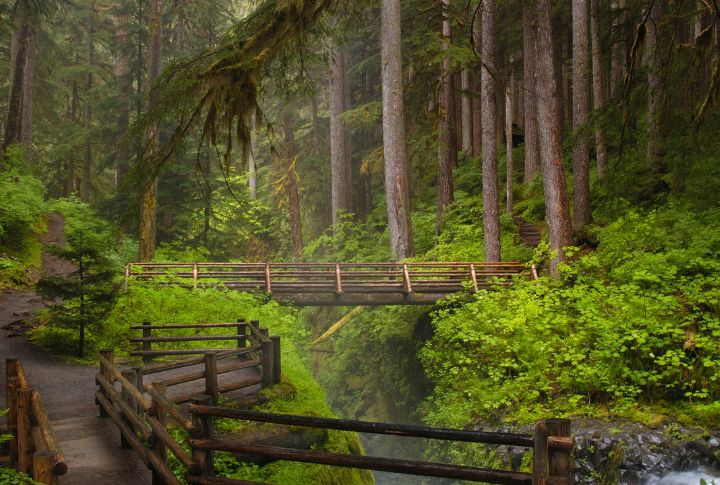
Permits are necessary for overnight trips into Olympic National Park’s backcountry. The park features diverse ecosystems, from lush rainforests to alpine peaks. Permits help control the number of visitors, reducing human impact on the fragile environments and ensuring a more solitary experience for hikers. A permit fee can cost $6 per person, and a night’s stay can cost $8 per person.

Comments
Loading…